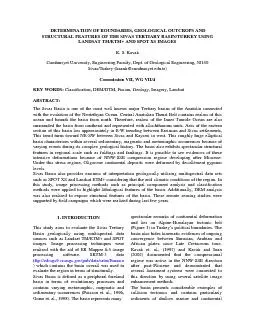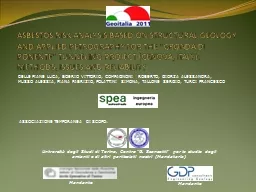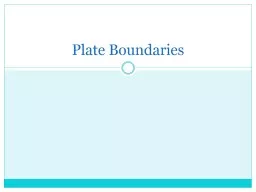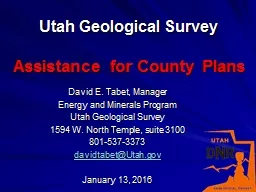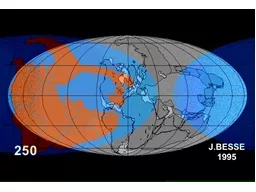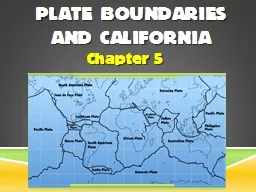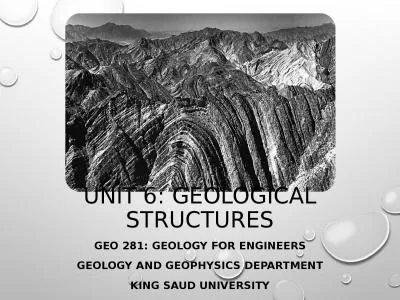PDF-DETERMINATION OF BOUNDARIES, GEOLOGICAL OUTCROPS AND STRUCTURAL FEATUR
Author : jane-oiler | Published Date : 2017-02-28
ftpedcsgs9crusgsgovpubdatasrtmEurasia which contains the basin overall was used to evaluate the region in terms of structurally Sivas Basin is defined as a peripheral
Presentation Embed Code
Download Presentation
Download Presentation The PPT/PDF document "DETERMINATION OF BOUNDARIES, GEOLOGICAL ..." is the property of its rightful owner. Permission is granted to download and print the materials on this website for personal, non-commercial use only, and to display it on your personal computer provided you do not modify the materials and that you retain all copyright notices contained in the materials. By downloading content from our website, you accept the terms of this agreement.
DETERMINATION OF BOUNDARIES, GEOLOGICAL OUTCROPS AND STRUCTURAL FEATUR: Transcript
Download Rules Of Document
"DETERMINATION OF BOUNDARIES, GEOLOGICAL OUTCROPS AND STRUCTURAL FEATUR"The content belongs to its owner. You may download and print it for personal use, without modification, and keep all copyright notices. By downloading, you agree to these terms.
Related Documents

